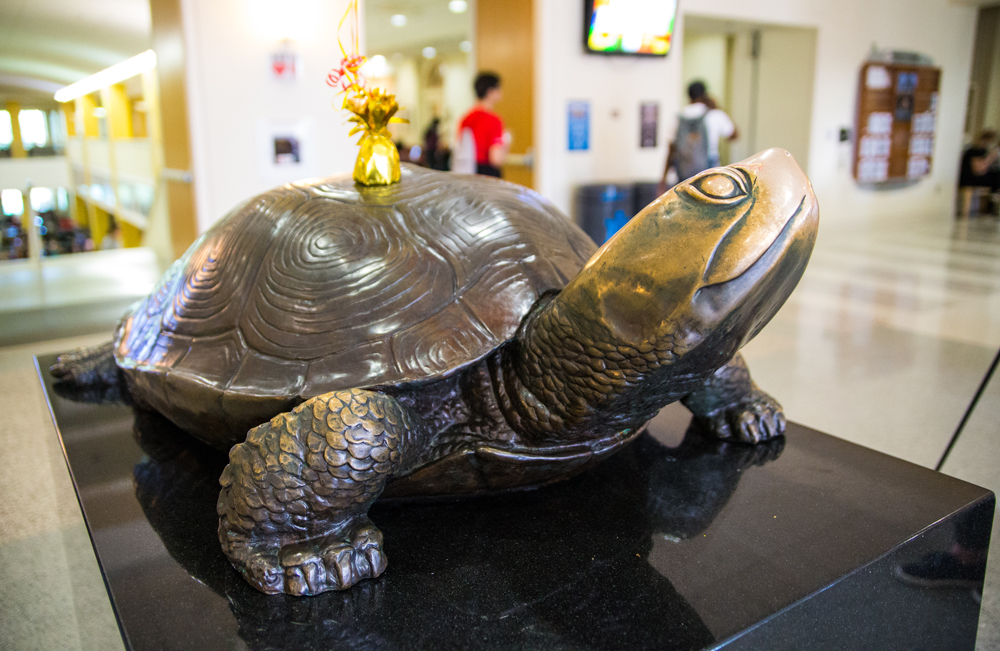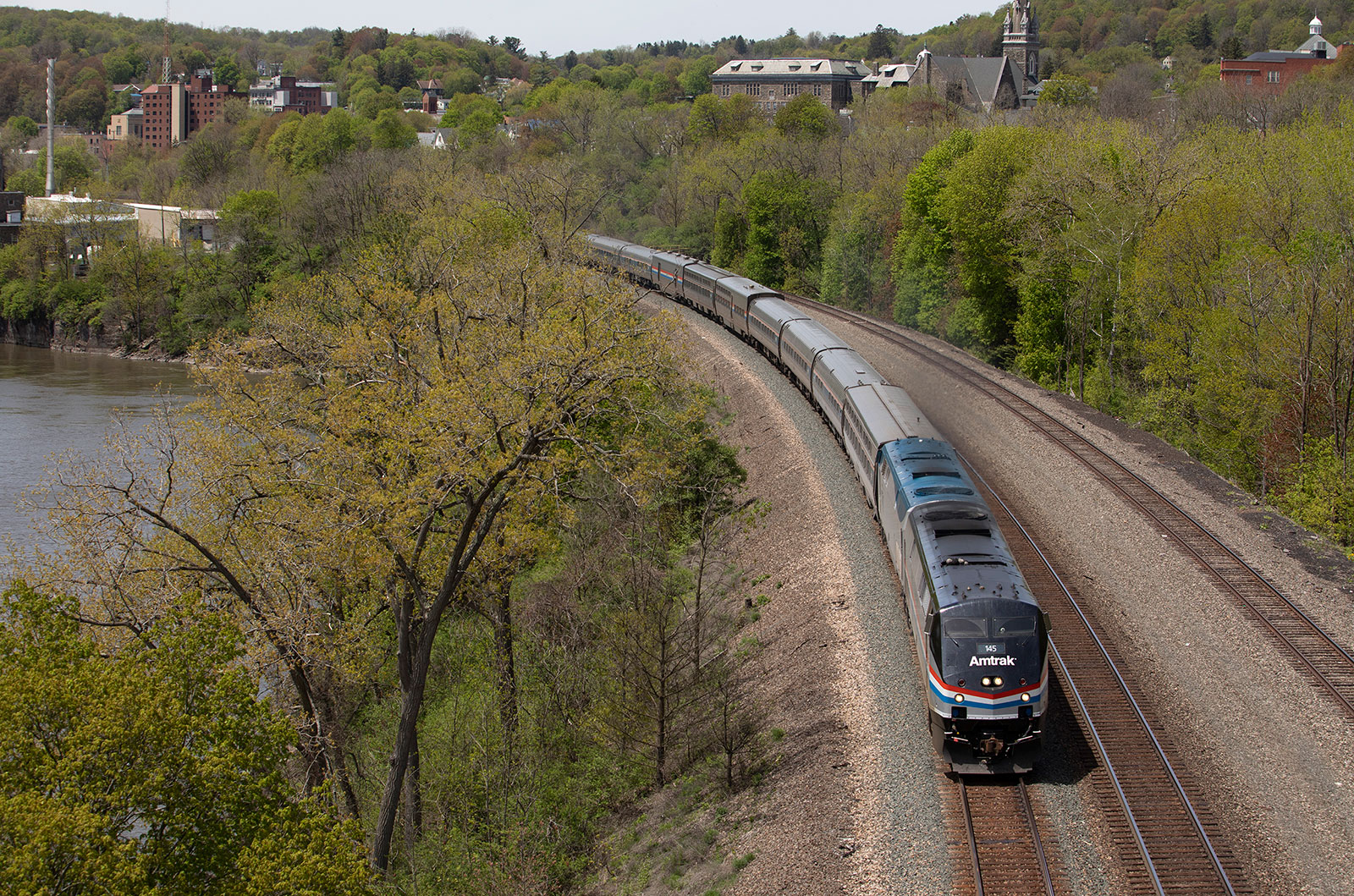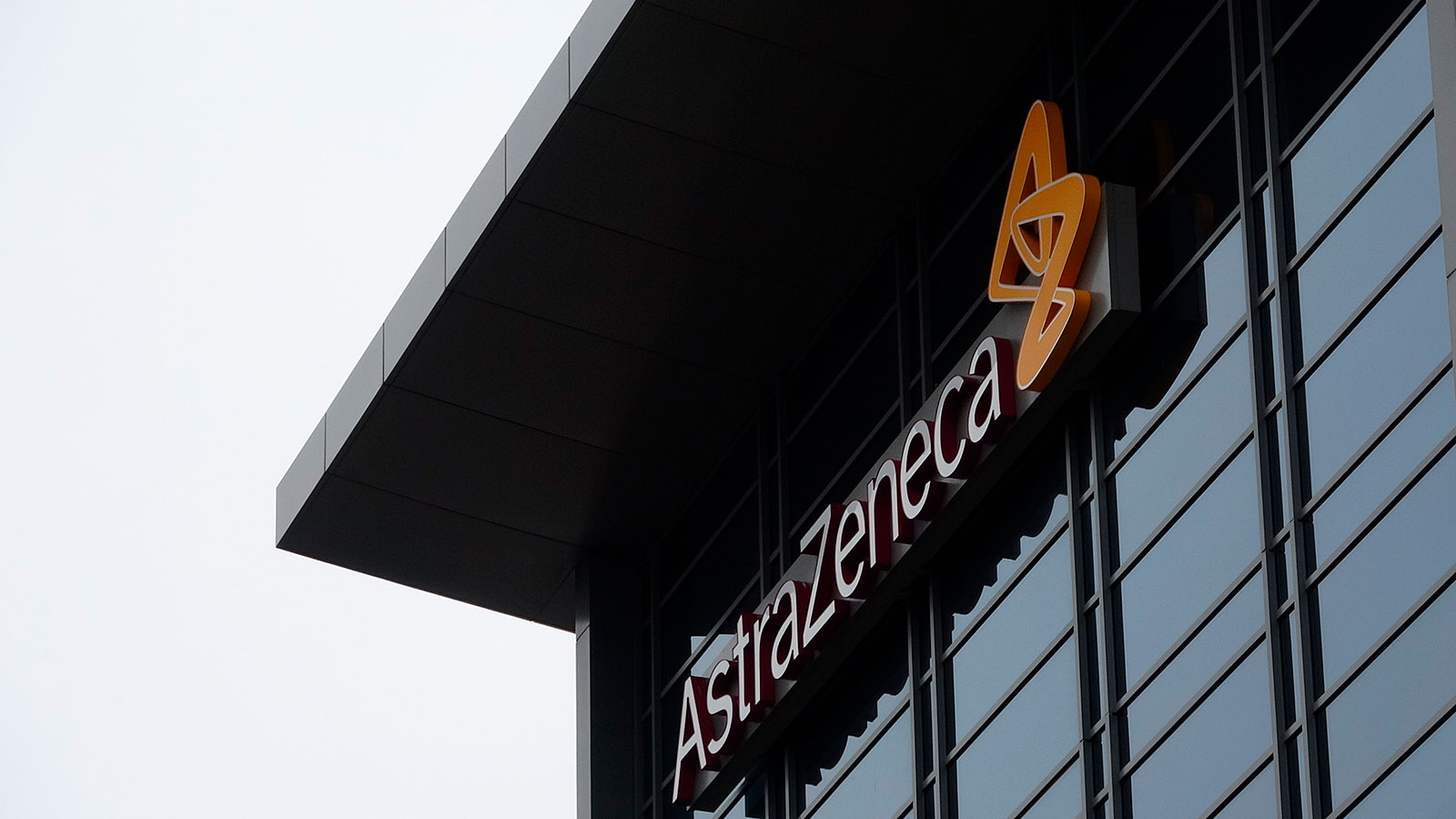
Texas Gov. Greg Abbott announced a new record high for daily coronavirus cases in the Lone Star State.
He attributed the increase in positive cases to an assisted living facility in Collin County near Dallas, as well the delayed reporting of numbers from Hays County near Austin.
Abbott said the state will see an increase of 2,622 cases on Tuesday, surpassing the previous record high of 2,504 on June 10.
And while the hospitalization rate has been increasing, Abbott expressed confidence in the state's capacity, with 14,933 beds available. The number of hospitalized coronavirus patients has been above 2,000 for the past week, with a record high of 2,518 reported on Tuesday.
"Even though there are more people hospitalized, we still remain at the lowest threat level to our hospital capacity," he said.
Still, the governor urged Texans to be diligent about wearing masks, washing hands, and practicing social distance measures.
"We just want to double down in reminding everybody that these things that we learned over March and April in May, they still have to be practiced, because Covid-19 hasn't suddenly magically left the state of Texas," he said.
The governor also reported that some counties are seeing a sharp increase in positive tests among people under the age 30, suggesting that could be a result of looser restrictions at bars and Memorial Day gatherings. Abbott said the Texas Alcoholic Beverage Commission warned this week that bars and restaurants must adhere to state safety protocols or face liquor license suspensions.
"There have been pictures that I have seen and others have seen about these bar type settings where it clearly the standards are not being followed. I think enforcement's by TABC should bring these types of settings more into line," he said.
Abbott also said the increase in positive tests may start to decline now that Texas has tested "well over a majority" of jails and prisons, which he said have returned the highest positivity rate in the state.
"So now that we have gotten through most of those types of congregate settings, there is reason to believe that those testing positive — the number of those testing positive — should begin to decline a little bit," he said.







